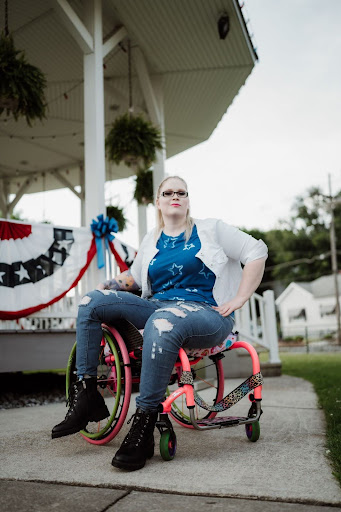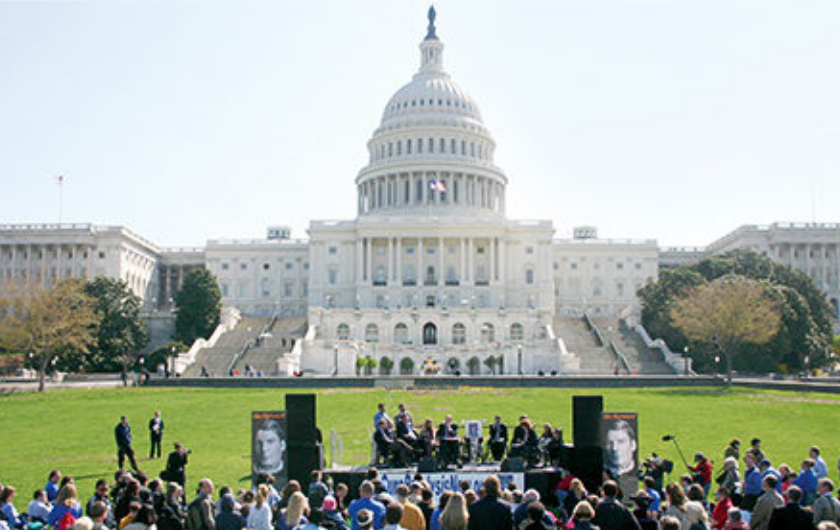It was December 30, 2007, when I sustained a spinal cord injury, and my world changed in the blink of an eye. The following year was a blur–my mother died unexpectedly, and I separated from my fiancé. At 23, I was living through compounding nightmares. These events would break anyone, but mine came all at once. To say I was depressed would be an understatement, though I didn’t realize it then. The world felt smaller, and rural Pennsylvania only magnified that feeling.

Leaving the house meant preparing for the stares, pitying smiles, and whispers. People asked if I would walk again, as if that were the only marker of recovery. Many believed physical therapy could magically heal a spinal cord injury. Occasionally, someone tried to play friendship matchmaker with another wheelchair user–because, of course, we’d get along, just like everyone with blonde hair does. *insert sarcasm* When I met other wheelchair users, they seemed too optimistic, detached from reality. I was certainly not *one of them*.
Then I met an assistive technology professional who also used a wheelchair after a spinal cord injury fifteen years prior. He fitted people for wheelchairs and was refreshingly realistic, precisely what I needed. I didn’t need “inspiration porn”; I needed honesty. He told me it took years to master this life, and that my feelings were normal. Still, he couldn’t fully relate to the aspect of being a woman with a spinal cord injury.
Then came Push Girls in 2012. For the first time, I saw women like me living boldly on screen–dating, working, and having fun. They weren’t hiding or apologizing for existing. Watching them didn’t fix my grief, but it cracked open a door I thought closed forever. They said they never could see themselves being friends “with a bunch of chicks in chairs.” I saw what was possible, even if I wished they had used their platform to address the inequities disabled people face.
By 2017, light began to seep back in. One night on the news, I saw a gorgeous woman in a hot pink wheelchair like mine advocating. Her name was Stephanie Woodward, and she was fierce. Around that time, a friend handed me a newspaper clipping: “Ms. Wheelchair America was coming to Erie.” I entered, and to my shock, I won Ms. Wheelchair Pennsylvania 2018.
Ms. Wheelchair America isn’t a beauty pageant, but an advocacy-based sisterhood. There I found community. These women understood my life without explanation. Through them, I rebuilt myself not as broken, but transformed. Ten years after my injury, I discovered what I didn’t know I was missing: community. I was in fact *one of them* and I loved that! I rebuilt myself, not as someone broken, but as someone transformed. I learned that even after a change, there can be joy, and through community, there can always be hope. I have found my purpose, direction, and some of the best friends I could ever imagine… and they were chicks in chairs!
Barb Zablotney sustained a T8 spinal cord injury in a motor vehicle accident due to not wearing a seatbelt when she was 21 years old. She won the title of Ms. Wheelchair Pennsylvania 2018, has a BA in Disability Studies from William Paterson University of New Jersey, and will receive her MA in Disability Studies from the CUNY School of Professional Studies in December 2025. Barb was also the first and only plus-size wheelchair user model for the national clothing retailer, Torrid.

